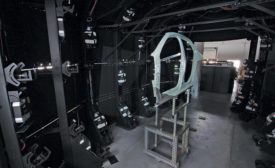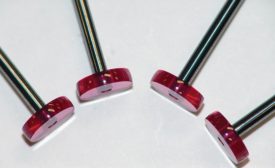Measurement
INDUSTRY HEADLINE
Hexagon Manufacturing Intelligence Announces Call for Speakers for HxGN LIVE 2018
January 9, 2018
Modular Fixturing: How It Works
Many have found that modular tooling is a key decision making process for working with all types of measuring systems.
January 1, 2018
High Precision Specialized Gage Blocks
How precise does this master you need have to be?
December 14, 2017
INDUSTRY HEADLINE
2018 Call for Papers Opens for the Coordinate Metrology Society Conference (CMSC)
December 12, 2017
INDUSTRY HEADLINE
Starrett To Feature Talladega Race Winning Roush Yates Engine At PRI Trade Show 2017
December 1, 2017
Specialty Styli for CMM Operators and Machinists
The solution is often a special stylus.
December 1, 2017
Thread Ring Calibration Confusion
The problem is one that has plagued the industry for some time.
November 20, 2017
Industry 4.0 and the Age of Exploration
These are exciting times in terms of both technological advancements and the potential for a new world order in manufacturing.
November 20, 2017
Stay in the know with Quality’s comprehensive coverage of
the manufacturing and metrology industries.
eNewsletter | Website | eMagazine
JOIN TODAY!Copyright ©2024. All Rights Reserved BNP Media.
Design, CMS, Hosting & Web Development :: ePublishing





